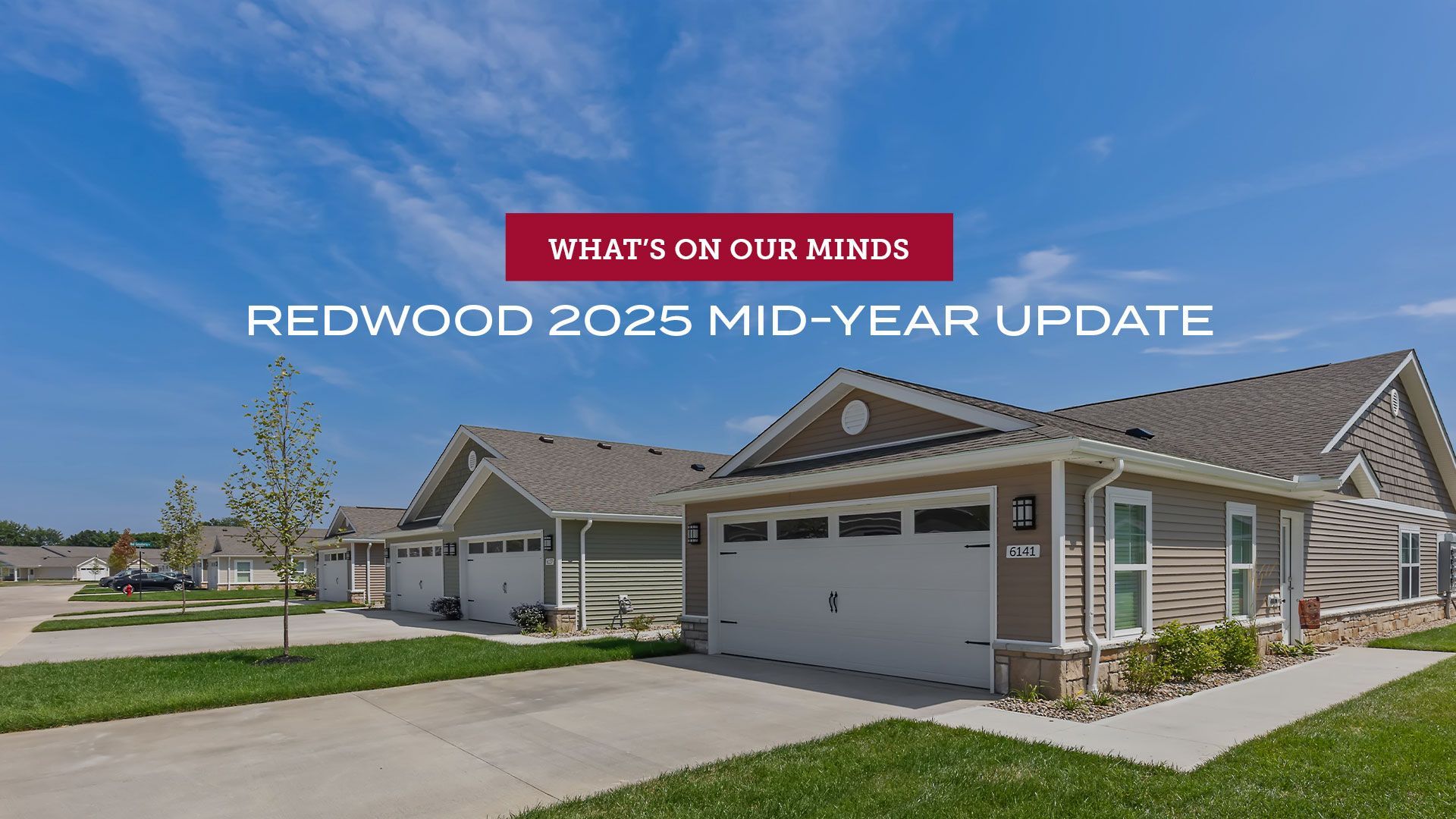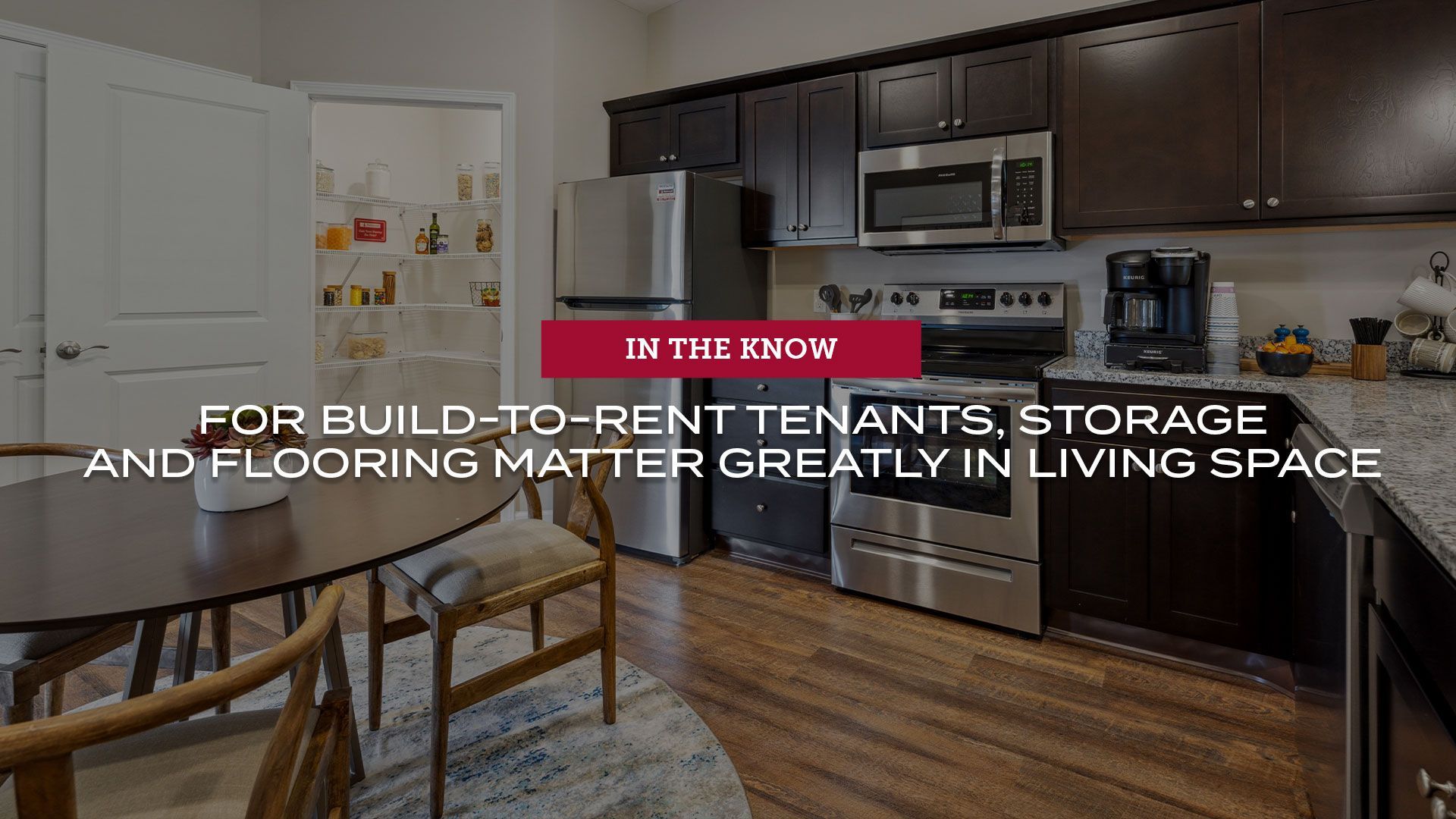Apartment Rents Are Falling, But Not At Redwood
A surge in new apartment construction could continue to drive rents down, as much of the U.S. has experienced moderate declines in rental rates over the last six months.
Increased inventory, rising unemployment, and an affordability crunch caused by higher prices are some of the factors at play nationally.
Redwood, however, is countering that trend. Its rents have increased steadily, and the company continues to experience high occupancy and demand for new properties.
Learn more about Redwood’s approach to pricing from Executive Vice President of Property Operations, Mike VanGelder.
Pricing in general tends to reflect supply and demand. What does that look like in the case of Redwood’s portfolio? How has occupancy been trending and what does the development pipeline look like?
Since the beginning of 2023, our occupancy has trended in a positive direction. We are seeing strong leasing interest, and as such have held our rents steady or continued to implement planned upward adjustments. We use a revenue management system that enables us to strategically make pricing decisions based on trends, including availability, traffic, leases, and comparable communities. We continue to pursue our planned pipeline, which includes nearly 1000 apartments in development in 30 new and existing neighborhoods, and we have not seen any impact on our ability to lease and deliver apartments.
What has Redwood been experiencing in terms of resident retention? In general, are you finding residents’ incomes can continue to support their existing rents, or absorb slight increases?
We are experiencing high – in some cases record high – retention percentages, despite also implementing rent increases. We have not seen pricing pressure impacting our residents at this point. Redwood residents often choose to live and stay in our neighborhoods because they are looking for stability where they can experience the same lifestyle as a single-family home without the maintenance and other considerations. These demographics and lifestyle choices support a sought-after resident base that often has the capacity to absorb rent increases.
How would you describe Redwood’s philosophy in terms of setting rents? How do you approach ongoing adjustments to rents?
We consider rent adjustments more a science than an art. I compare it to the philosophy used by appraisal companies, which value properties based on comparable properties. We take that into consideration when projecting rent. Then, after lease-up, our revenue management system takes over, using trends and performance data to adjust rents appropriately. This allows us to react with data, not emotion or expectation, and we feel the market has responded positively to the approach.
What do you think has allowed Redwood to avoid cutting rental rates in the current environment?
Simple supply and demand dictates much of it. Our product type and resident base have driven consistent demand, as residents embrace single-story rental living for a variety of reasons. We strategically choose our markets for their neighborhood settings and strong demographics, which result in a population base that frequently leads to long-term residents.
What are your expectations for rents in this sector going forward? What are some indicators Redwood will be watching as it manages its approach to setting rents?
Our expectation is a return to more historical rent increases as opposed to those seen over the last few years. We are monitoring the rental market, as well as the single-family market, as both could dictate how aggressive we are modeling future rents.
In today’s volatile market, real estate investments can be a valuable addition to your investment strategy. To learn more about investing with Redwood, call 216.360.9441 or fill out a contact form.










